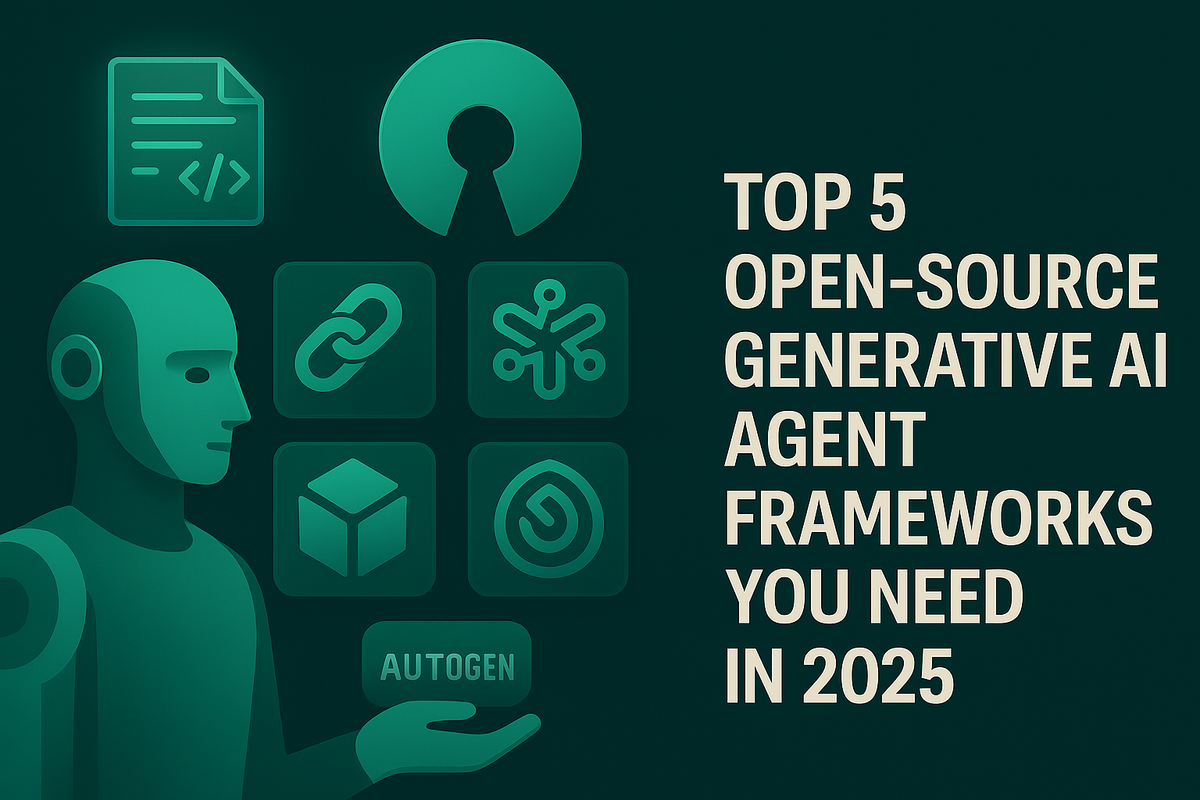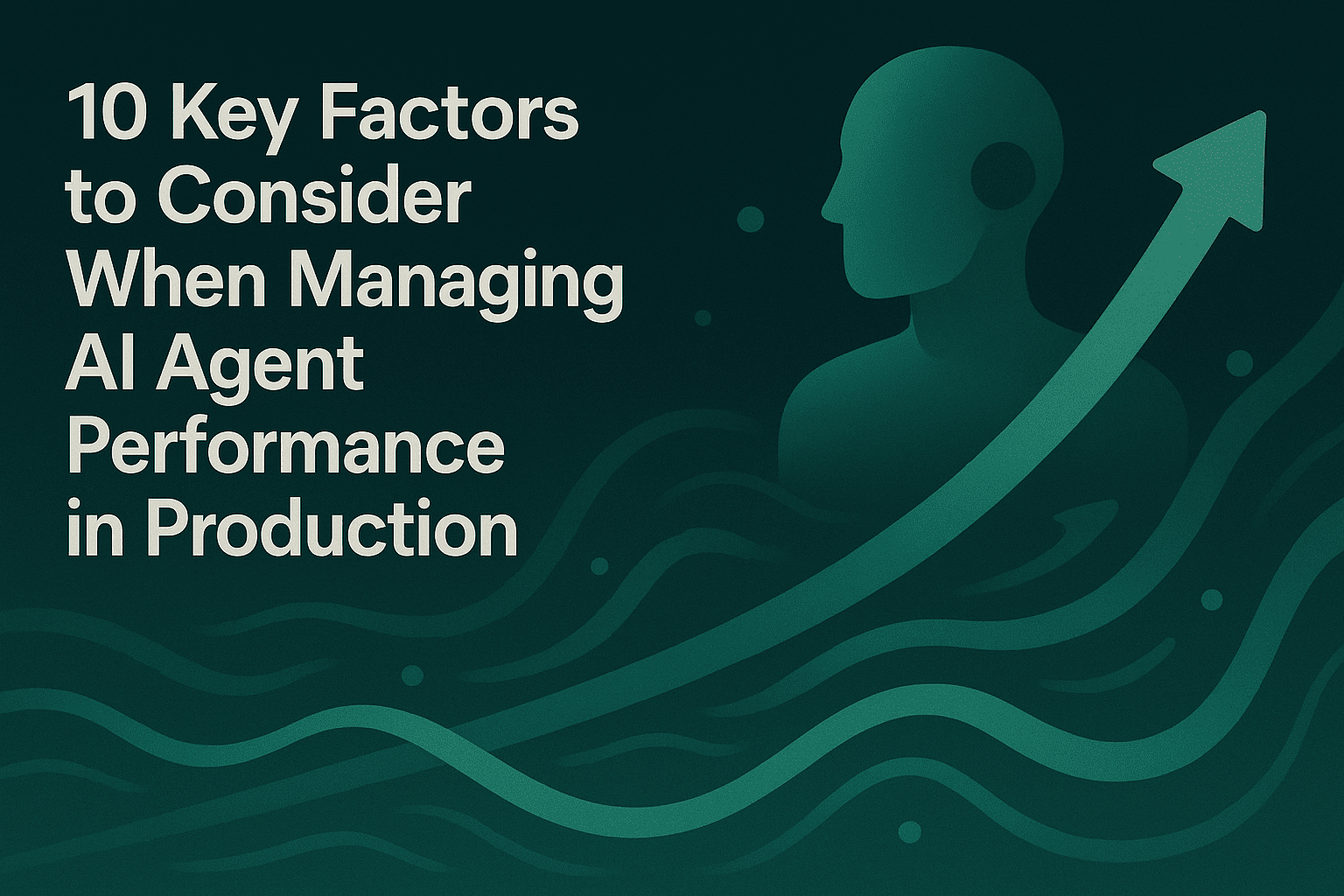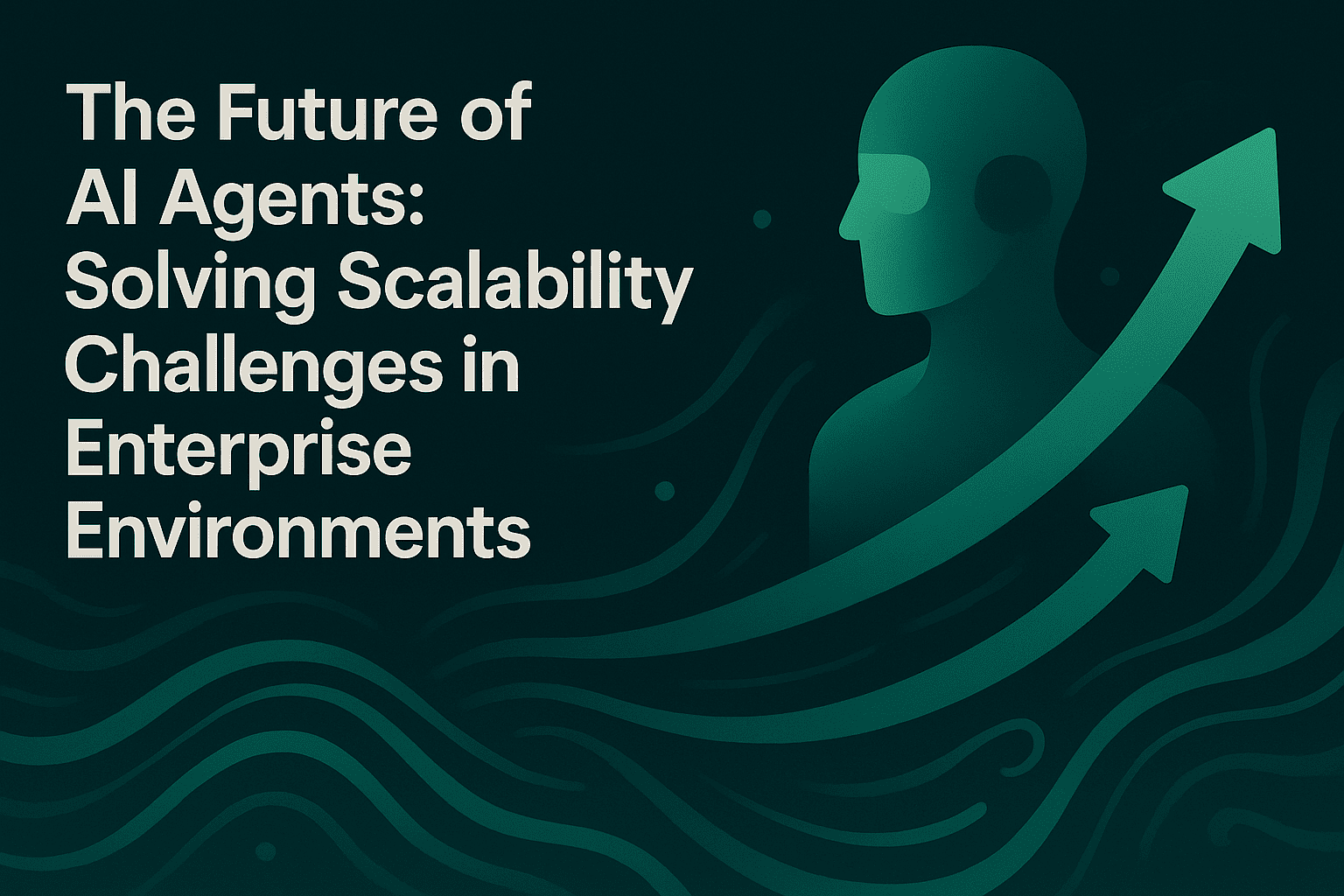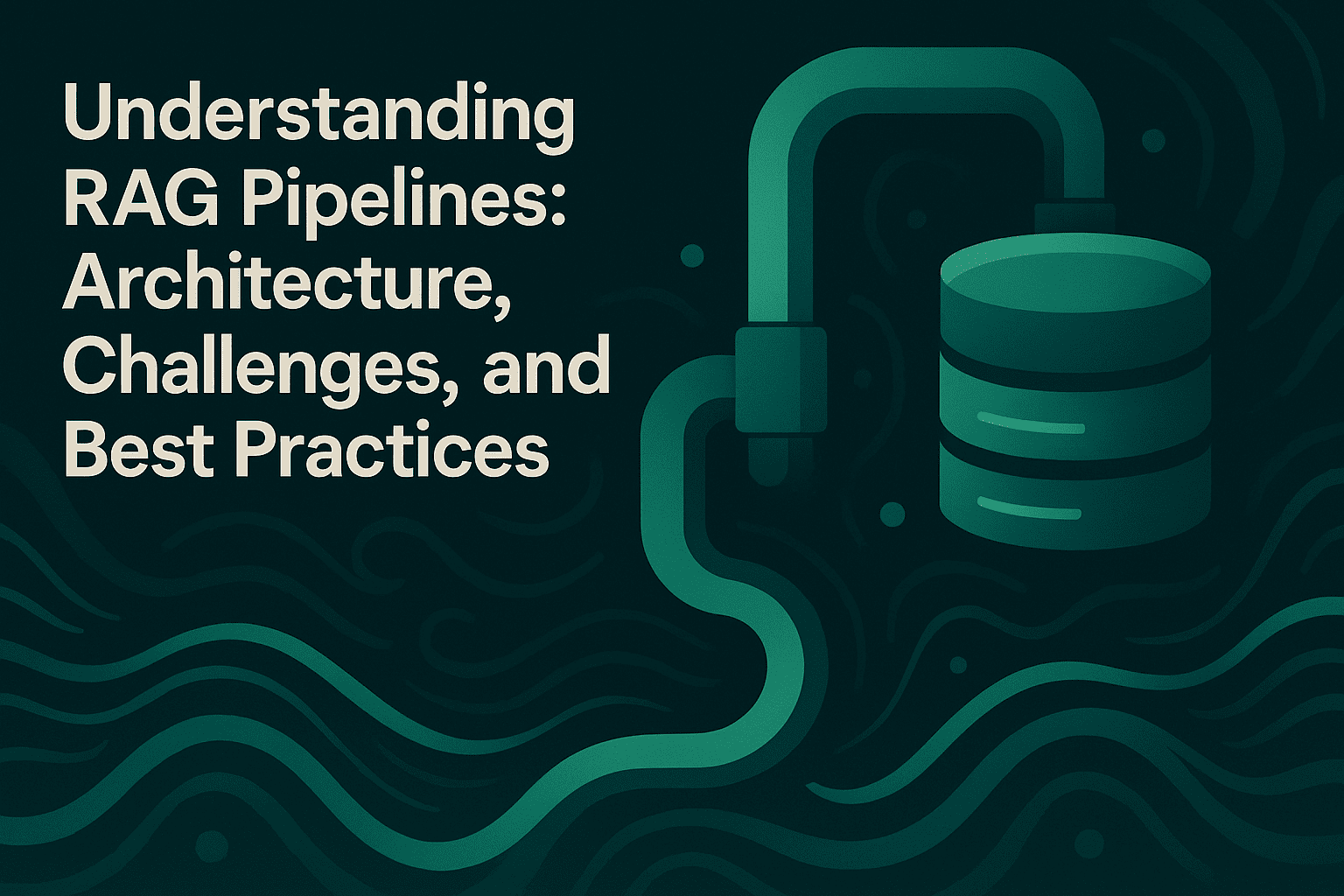Top 5 Open-Source Generative AI Agent Frameworks You Need in 2025

Agent frameworks expanded significantly in 2024 and 2025. Many early-stage frameworks require substantial reinforcement before they can be deployed reliably in production. If you want to ship workflows that work under load, this guide gives you the facts, the trade-offs, and a clean way to choose. We also show where Maxim AI fits for tracing, evaluation, and observability so you can move fast without breaking trust.
Why Open Source Still Matters in 2025
Open source gives you control, transparency, and speed. You avoid lock-in, move with the community, and tune your stack to your constraints. The hard part is picking tools that do not crumble when you hit real workloads. This guide cuts noise and focuses on how teams actually build agents in production.
Decision Matrix: Fast Answers for Busy Teams
| Framework | Best For | Memory Support | Human-in-the-Loop (HITL) | Orchestration Model | Docs/Repo |
|---|---|---|---|---|---|
| LangGraph | Deterministic pipelines, audits | Pluggable (vector, SQL) | Supported via gating patterns | DAG or graph | LangGraph |
| AG2 (AutoGen) | Conversational agent teams | Partial; custom often | Built in via UserProxyAgent | Message-based conversations | AG2 |
| CrewAI | Supervisor worker multi-agent teams | Built-in integrations | Hooks for human input | Supervisor or workers, Flows | CrewAI |
| OpenAI Swarm | Handoff prototyping and routines | Basic or DIY | Limited out of the box | Routine-driven handoffs | Swarm |
| LangChain | Integrations-first prototyping to prod | Many built in options | Partial via custom steps | Chains and tools, some graphs | LangChain |
Notes:
- Memory support means out of the box patterns and documented integrations. You can wire any store with code. What matters is time to a working memory and maintenance burden.
- HITL means pausing a run, getting human approval, or injecting guidance into the loop with minimal glue code.
Read This First: How to Choose
- You need deterministic, traceable pipelines with approval steps? Choose LangGraph.
- You need agents to converse with each other and a human? Choose AG2.
- You want a supervisor with role based agents, templates, and simple memory hooks? Choose CrewAI.
- You want to prototype agent handoffs for demos and learning? Choose OpenAI Swarm.
- You want the broadest integrations, fast prototyping, and libraries for everything? Start with LangChain.
Then add Maxim AI to trace, evaluate, and observe your runs across all of them. This allows teams to maintain reliability while scaling workloads
1. LangGraph
What it is: A graph based orchestration framework to build deterministic agent workflows. It sits on top of LangChain and gives you explicit control of nodes, edges, and state.
Strengths:
- Clear DAG control for repeatable runs
- State checkpointing and error handling
- Easy to insert approval gates and audits
- Memory is pluggable: vector stores, SQL, or custom
- Compatible with tracing and evaluation through external observability platforms such as Maxim
Memory and HITL:
- Add a simple vector store for context. Use SQL or files for durability.
- Insert approval gates between nodes for compliance and control.
Code snippet:
# LangGraph + Maxim tracer example
from maxim.tracing import MaximTracer
tracer = MaximTracer()
# assume graph is defined with nodes and edges
result = graph.run(tracer=tracer, inputs={"query": "summarize user docs"})
Drawbacks:
- You need to think in graphs. Fine once you adopt the mindset, extra work if your flow is simple.
- Ecosystem is smaller than LangChain, but active and growing.
Best for:
- Deterministic agent pipelines
- Regulated flows that need audit trails
- Multi step tasks where you want full visibility
Links:
2. AG2 (formerly AutoGen)
What it is: A successor to AutoGen focused on multi agent conversations with humans in the loop when needed. Strong for agent to agent messaging patterns.
Strengths:
- Multi agent orchestration with a message bus pattern
- Built in human in the loop via a user proxy agent
- Flexible for collaborative agents and task discussions
- Templates and starter kits to get unblocked quickly
Memory and HITL:
- Memory is possible but often custom. Plan for a memory layer or store.
- UserProxyAgent gives you pause and approve patterns without heavy glue code.
Code snippet:
# AG2 HITL sketch
from ag2.agents import UserProxyAgent
reviewer = UserProxyAgent(name="human_reviewer")
def should_approve(task):
msg = reviewer.ask(f"Approve this action? {task}")
return "yes" in msg.lower()
Drawbacks:
- Memory persistence is not one size fits all. Expect to wire your own store.
- Smaller ecosystem than LangChain, but improving.
Best for:
- Conversational teams of agents that need human approval
- Dynamic problem solving with back and forth discussions
- Rapid prototyping of collaborative agent behaviors
Links:
3. CrewAI
What it is: A framework for building role based agent teams with a supervisor pattern and Flows. Good defaults, simple hooks, and an active open source community.
Strengths:
- Supervisor worker orchestration that is easy to reason about
- Memory integrations available through docs and templates
- Human input hooks to gate actions
- Clear project structure and CLI for getting started
Memory and HITL:
- Templates show vector stores and SQL backed stores for memory
- Insert human_input checkpoints where needed
Code snippet:
# CrewAI memory sketch
from crewai.memory import ChromaMemory
memory = ChromaMemory(collection="project_context")
crew.add_memory(memory)
Drawbacks:
- Less natural for complex DAGs where you need strict path control
- Limited built in evaluation and tracing without a platform
Best for:
- Teams of agents with clear roles and a supervisor
- Durable memory with straightforward setup
- Workflows that benefit from human checkpoints
Links:
4. OpenAI Swarm
What it is: An experimental framework focused on agent routines and handoffs. Fast for learning and prototyping, lighter than the others.
Strengths:
- Simple mental model to prototype handoffs
- Good for demos and educational examples
- Easy to define routines and try handoff logic
Memory and HITL:
- Limited out of the box. Expect DIY for persistence and approvals.
- Use it to test ideas, then port to a production grade framework.
Code snippet:
# Swarm routine sketch
def routine(agent, task):
plan = agent.plan(task)
return agent.act(plan)
Drawbacks:
- Experimental. Not designed for complex production workflows
- No built in message bus for rich multi agent comms
Best for:
- Fast handoff prototypes
- Teaching patterns and design ideas
- Small demos with limited scope
Links:
- OpenAI Swarm GitHub
- Community intro: Hands-on Swarm Overview
5. LangChain
What it is: A broad ecosystem for chains, tools, memory, and more. Most integration options, fast to start, and proven in many production stacks.
Strengths:
- Huge integration surface for models, tools, memory, and vector DBs
- Many templates and examples
- Works for prototypes and production with the right discipline
- Active community and frequent updates
Memory and HITL:
- Plug in memory stores quickly
- Add basic human review steps via custom chain nodes or callbacks
Code snippet:
# LangChain memory sketch
from langchain.memory import ConversationBufferMemory
memory = ConversationBufferMemory()
chain = chain.with_memory(memory)
response = chain.invoke({"input": "draft the onboarding email"})
Drawbacks:
- Can feel heavy for very simple flows
- You still need a plan for tracing, evaluation, and cost controls
Best for:
- Rapid prototyping and broad integrations
- Teams that want community support and lots of examples
- Projects that may evolve into more complex systems
Links:
- LangChain GitHub
- Benchmark context: Multi-agent architectures in LangChain
Where Maxim AI Fits
No matter which framework you choose, you need to answer three questions in production:
- What just happened inside the agent workflow
- Is the system getting faster, better, and cheaper over time
- How do we stop regressions from hitting users
Maxim AI gives you:
- Tracing across instrumented LLM calls, tool executions, and agent steps.
- Real-time traces and logs that surface failures, anomalies, and state transitions.
- Evaluation workflows to measure quality metrics such as correctness, relevance, and adherence to task requirements, alongside tracing-based latency and cost metrics.
- Observability to spot drift, cost spikes, and flaky behaviors.
Results teams report:
- Cut median agent latency after identifying bottlenecks.
- Teams have used Maxim to identify memory-related issues significantly faster through trace inspection and evaluation signals.
- Teams have reproduced multi-agent failures using trace data and evaluator outputs.
Quick start:
from maxim.tracing import MaximTracer
tracer = MaximTracer(app="pricing-bot", environment="prod")
result = workflow.run(tracer=tracer, inputs={"query": "renew subscription"})
This provides a more transparent and reliable operational environment for agent workflows. Add Maxim, and see what your agents are really doing.
Call to Action:
- See a live trace of a multi agent failure and how it was fixed in 90 seconds
- Start tracing your agents now: maxim.ai/get-started
Risk and Mitigation for Agent Systems
| Risk | What Happens in the Wild | Mitigation You Can Ship Today |
|---|---|---|
| Concurrency chaos | Duplicate actions and race conditions | Tracing, concurrency guards, and eval gates |
| Cost drift | Token blowups in long chains | Budgets and trace-level token cost analysis |
| Memory drift | Old context pollutes new sessions | Durable stores, scoped memory, freshness checks |
| Silent failures | Steps succeed locally but user fails | Live traces, error policies, and alerts |
| Compliance gaps | Missing approvals and audit trails | HITL gates, approvals, stored traces, and logs |
Wire these patterns in the framework you choose. Use Maxim to enforce them.
FAQs
Which framework is fastest for deterministic workflows
- LangGraph is a strong default for predictable pipelines. Build DAGs, set checkpoints, and enforce approvals where needed.
Which frameworks have built in memory options
- LangGraph, CrewAI, and LangChain show more templates and guides for memory. AG2 and Swarm can support memory, but expect to wire your own.
How do I add human approval steps
- AG2 has a user proxy agent for approvals. CrewAI exposes human input hooks. In LangGraph, place gates between nodes. In LangChain, create an approval node.
Best for rapid prototyping
- LangChain for integrations. Swarm for lightweight handoffs and demos.
How do I trace and debug agent failures
- Add Maxim’s tracing and evaluation instrumentation to capture spans, tool calls, and agent state transitions.
For Product Managers: A Quick Checklist
- What level of determinism do we need If high, lean to LangGraph.
- Do we need human approvals AG2 or CrewAI make it easy.
- Do we rely on many external tools LangChain saves time.
- Are we just validating handoff patterns Try Swarm first.
- How will we trace, measure, and prevent regressions Add Maxim now, not after the first incident.
Implementation Notes and Good Defaults
- Memory: pick one store and standardize adapters. Keep time to live short unless you have a clear retention need.
- HITL: treat approvals like unit tests. Name, record, and enforce them in CI for critical flows.
- Observability: trace every run in non prod. Sample production traces at an appropriate rate and maintain historical data according to internal retention policies
- Evaluation: define gates for latency, error rates, and task success before you ship.
- Cost: set token budgets per step. Alert when runs exceed norms by a set percentage.
References
- LangGraph GitHub
- AG2 GitHub
- AG2 Studio
- AG2 CopilotKit Starter
- CrewAI GitHub
- CrewAI Open Source
- CrewAI Website
- OpenAI Swarm GitHub
- LangChain GitHub
- LangChain Multi-agent Benchmark Blog
Instrument your agent workflows with Maxim to gain full operational visibility: https://app.getmaxim.ai/sign-up. Take a demo here!


